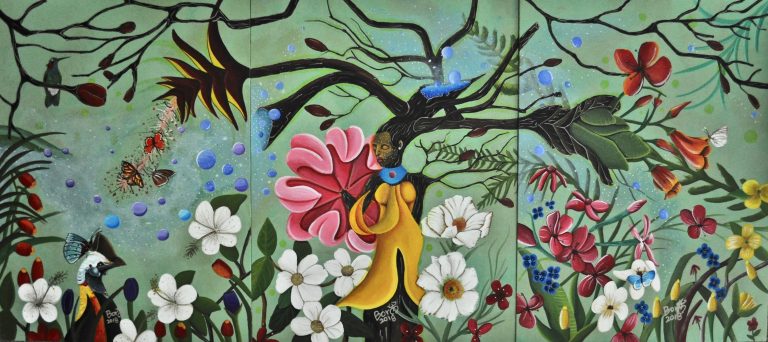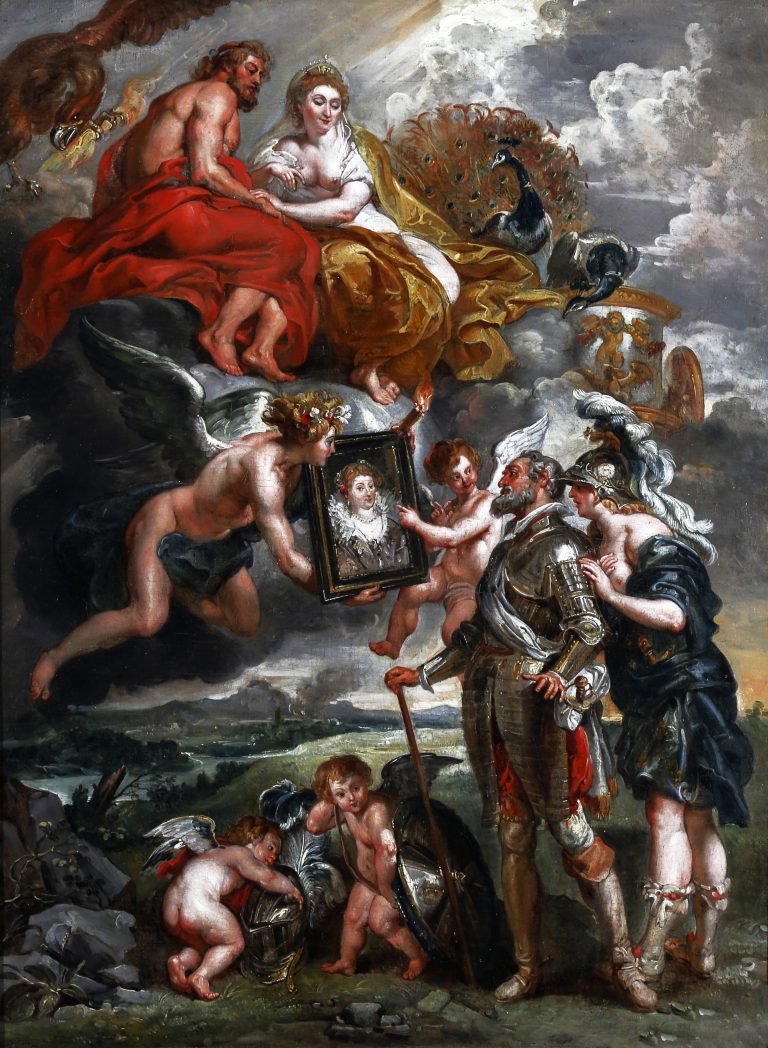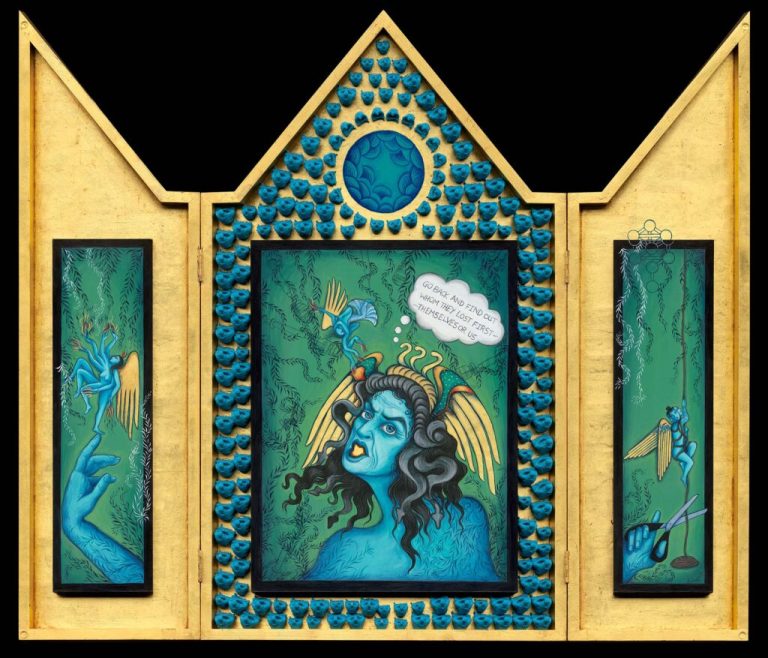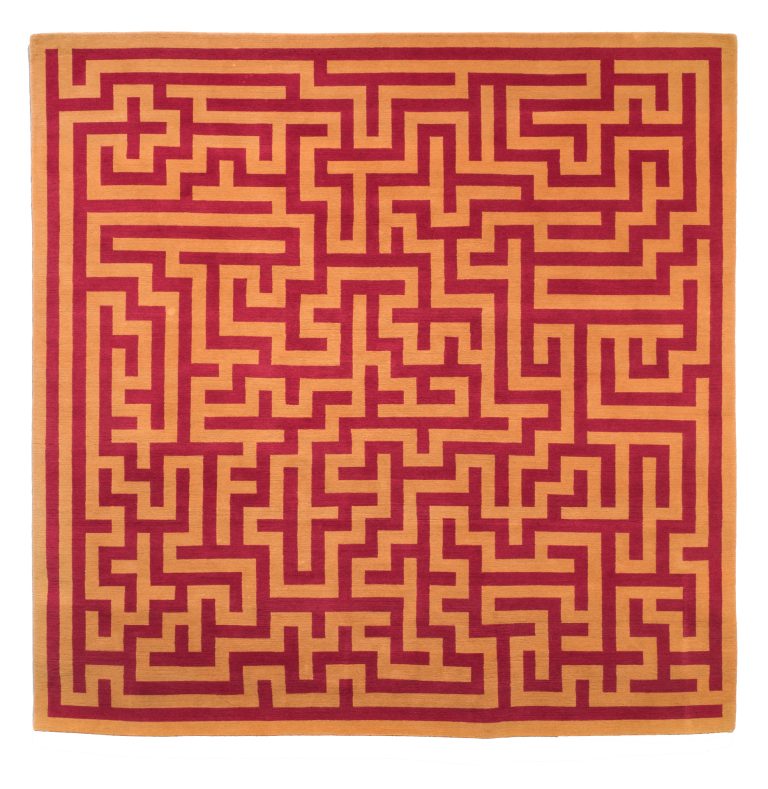Enslaved Africans’ Rain Garden: 13 Years in the Making
by Taylor Michael
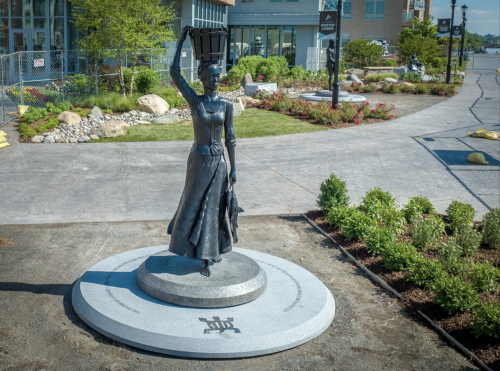
The first thing to notice about artist Vinnie Bagwell’s latest project isn’t the landscaped park and waterfront views, the sensuous details carved into each sculpted figure, or even the thought-provoking backstories. To understand the Enslaved Africans’ Rain Garden, start with the name. For one, “Africans’” is possessive. The garden is actually theirs.
Five recently unveiled statues memorialize the enslaved Africans who worked at Philipse Manor Hall in Yonkers. With this riverside tribute, the Yonkers resident’s public artworks seek to honor the sacrifices of the enslaved and restore dignity to those stripped of their humanity.
“I’m talking about who these people are when they’re by themselves and being themselves,” says Bagwell.
Textural elements like engravings, braille and other iconographies, breathe life into these figures. Each is a 360-degree multimedia experience that represents one of the first few enslaved people who were manumitted once New York State passed the Gradual Emancipation Act in 1799.
I’Satta, Bibi, Themba “the Boatman,” Sola, and Olumide gaze out onto the river. I’Satta impeccably balances a water pail atop her head with fish dangling at her flowy skirt. She represents the Middle Passage and carries a diagram of a slave ship on her back. Bibi honors the ancestors. With farming tools in hand, she gazes at the sky, possibly praying the Igbo words carved into her shoulders. Themba, a mariner, represents the master craftsmen who used their technical, cultural and linguistic acumen to negotiate freedom. Finally, Sola and Olumide are the children who had to grow up as orphans under the institution of slavery.
This thirteen-years-in-the-making project began in 2009. Bagwell met then Yonkers City Council Majority Leader Patricia McDow at a Black History Month event. Knowing Bagwell’s statue of Ella Fitzgerald at the Yonkers Metro North Station, McDow approached the artist about an idea for a memorial to honor the enslaved who had lived in Yonkers. They set to work securing the funds and support needed to build the statues.
Initially, Philipse Manor Hall planned to showcase the statues. However, Bagwell and her team pivoted once the historic home could no longer house the works. In 2015, the Enslaved Africans’ Rain Garden initiative was incorporated, and the team built out a plan for a new location. They partnered with city and state officials, as well as nonprofit and private entities to create the sculpture garden in the revitalized waterfront district.
The project was finally unveiled this year as part of Juneteenth celebrations in Yonkers. The new federal holiday honors the end of slavery in the United States after the Civil War. Community organizations, local historians, academic scholars, city and state officials, and Yonkers residents at large joined for a ceremony and ribbon cutting. The statues permanently remain in place for anyone to view.
Bagwell hopes residents and visitors alike realize the healing potential of her work. The overwhelming beauty of the gardens, designed in collaboration with BCT Design Group, coupled with unobstructed views of nature and her thought-provoking sculptures, create a moment for healing.
“I have snatched your eye, and now that I have your eye, I’m going to hold your eye and make you look at something you thought was going to be not so nice,” said Bagwell. “And you realize that there’s beauty…and the beauty is that the descendants of these people have survived.”
A version of this article first appeared in the July-August 2022 issue of ArtsNews, ArtsWestchester’s monthly publication. ArtsNews is distributed throughout Westchester County. A digital copy is also available at artsw.org/artsnews.


